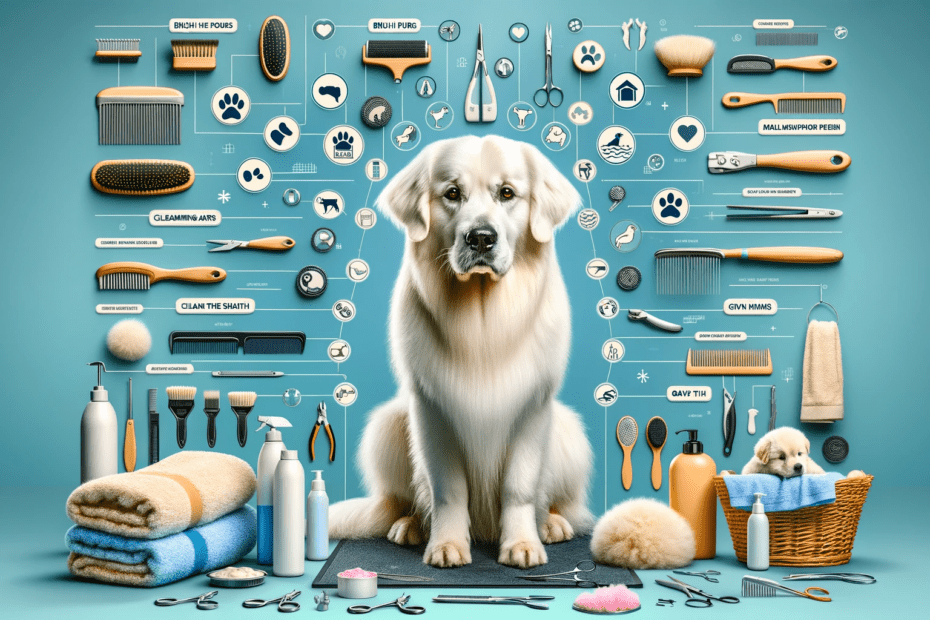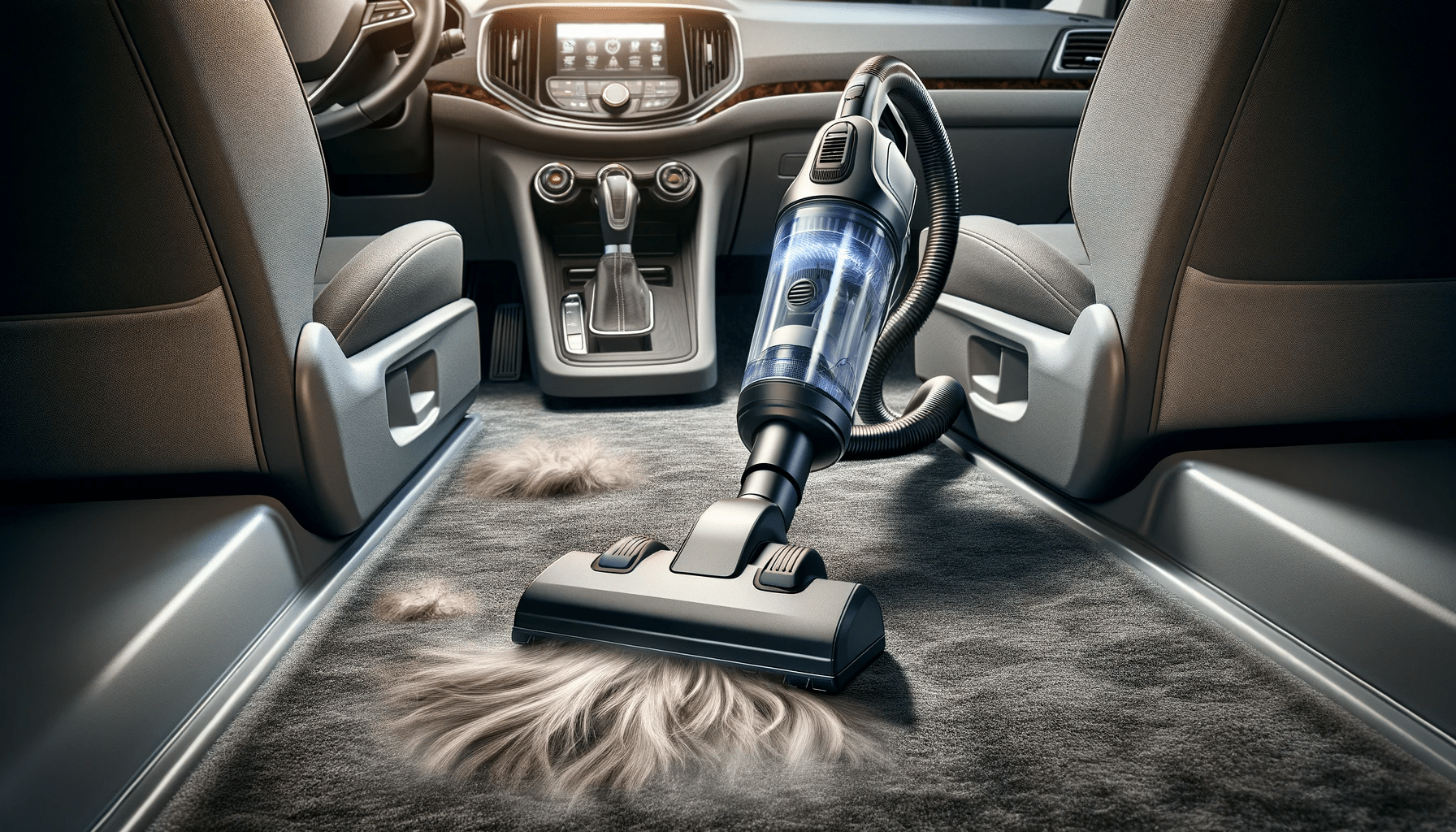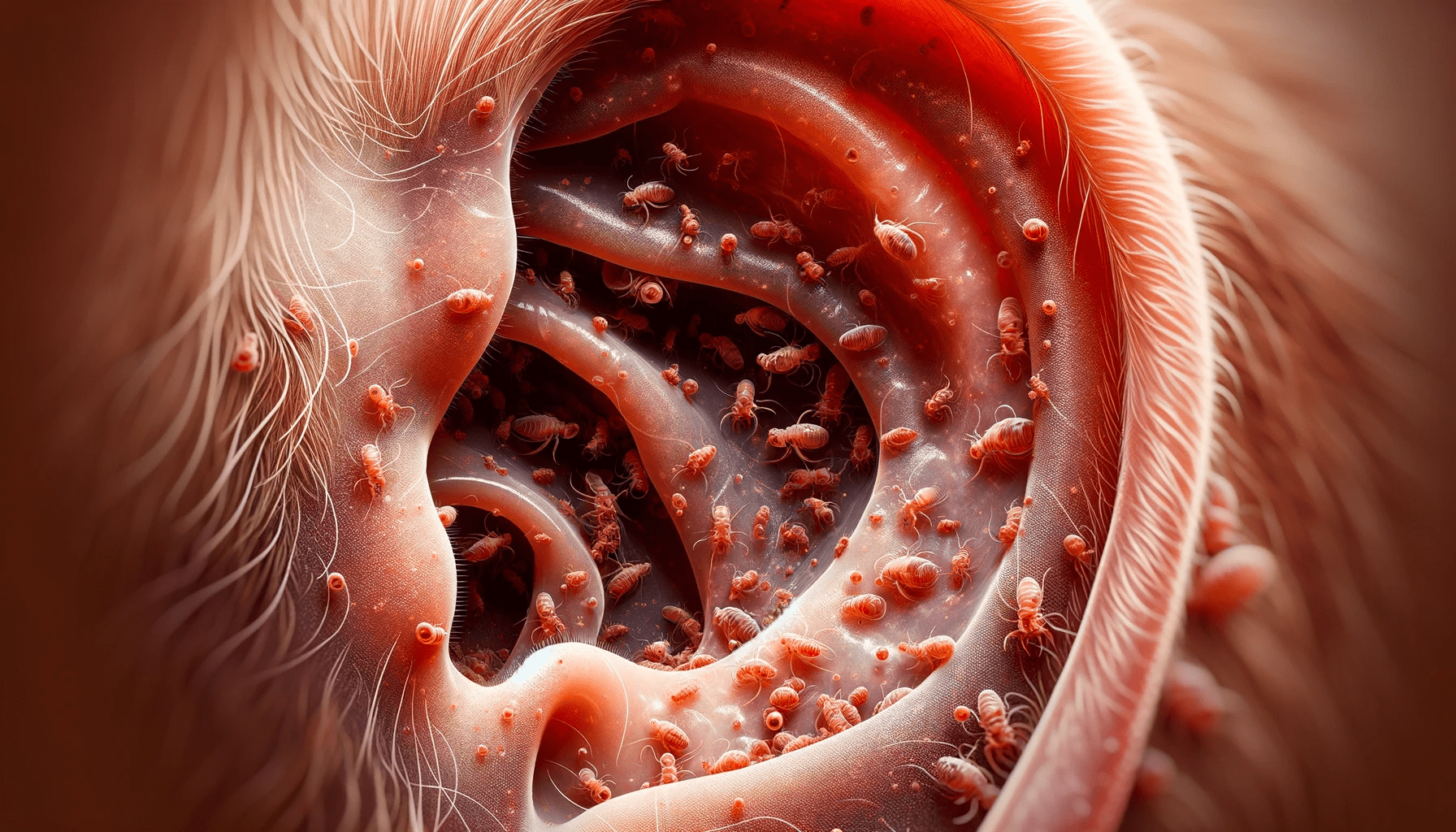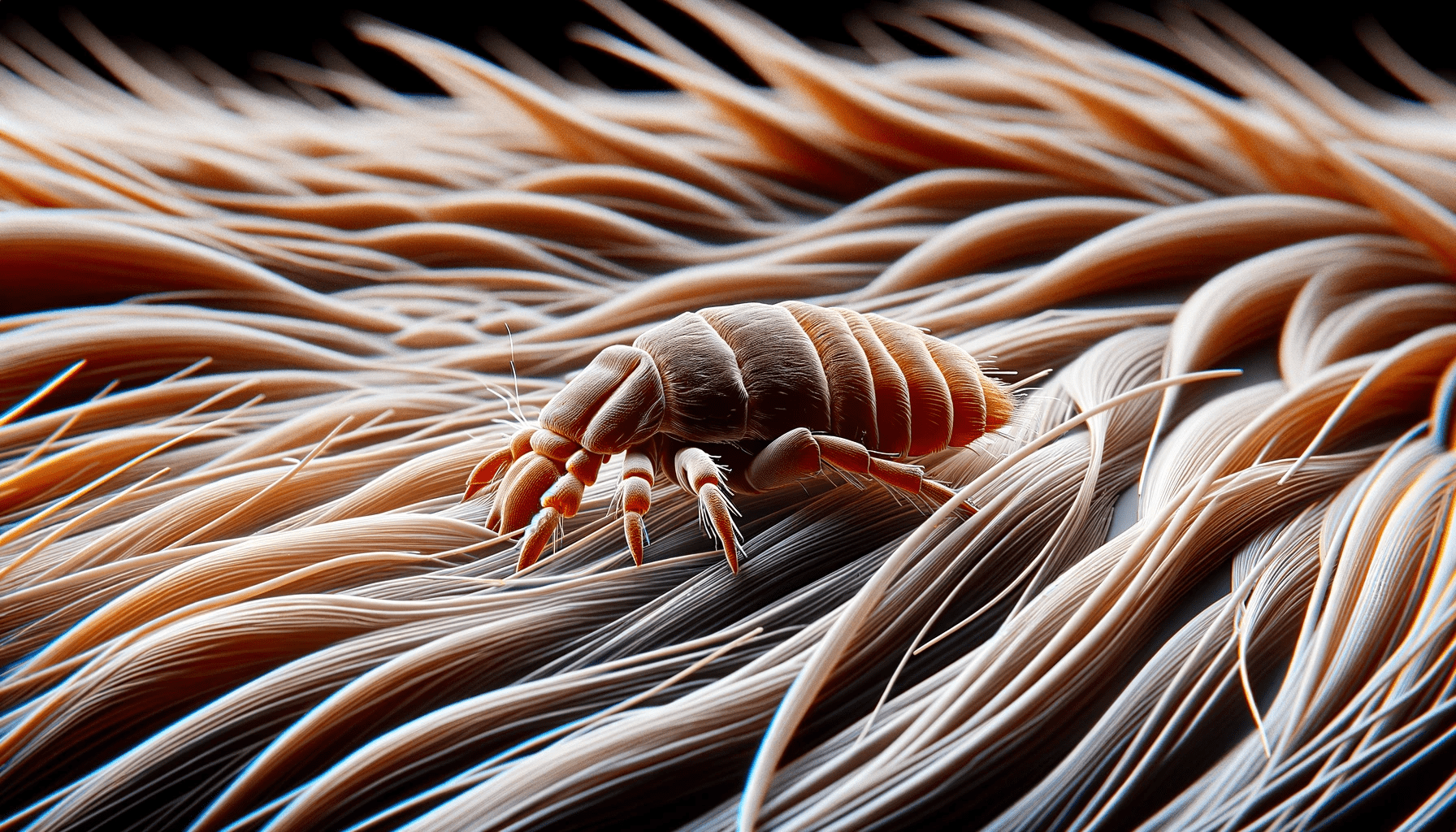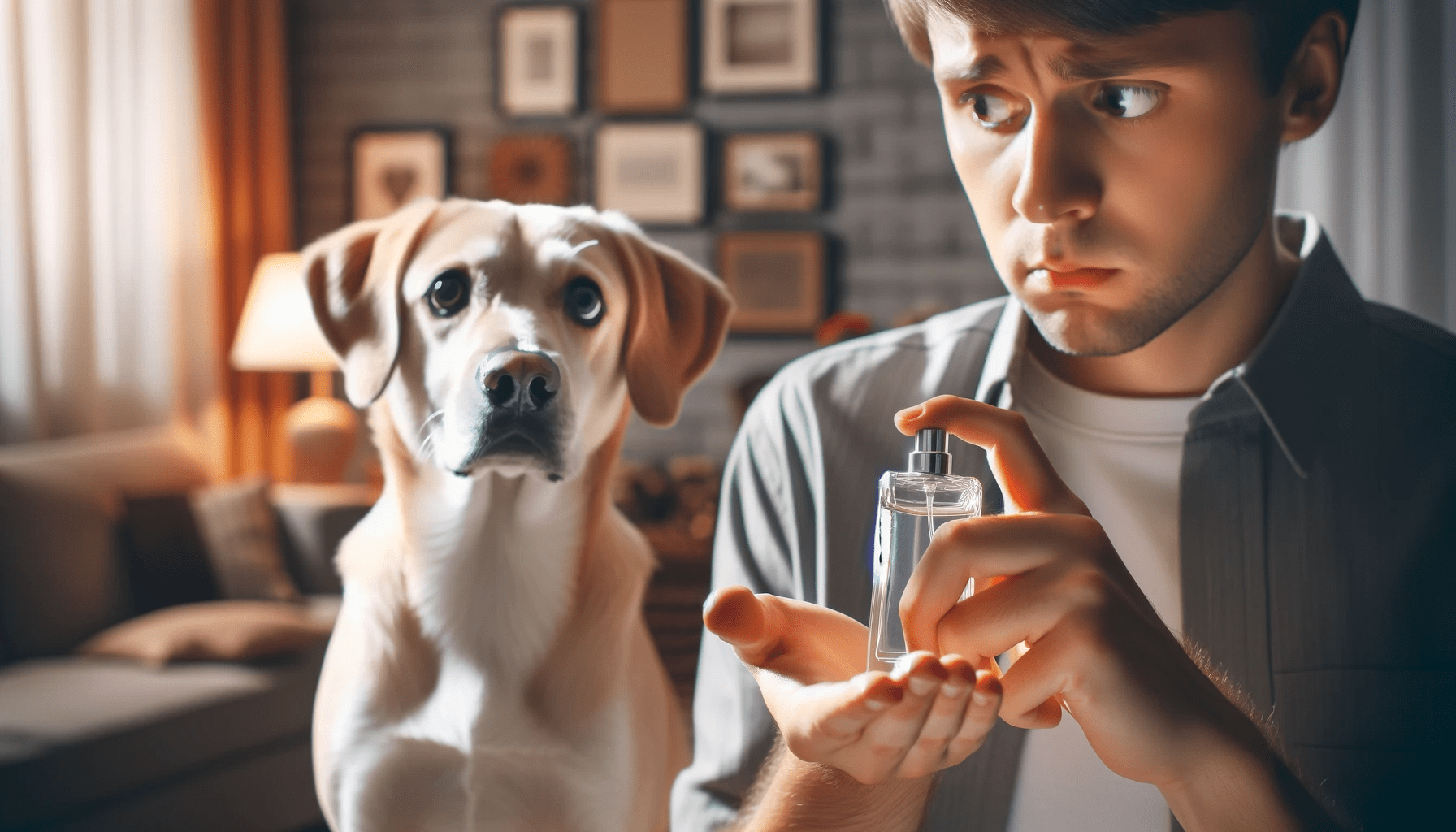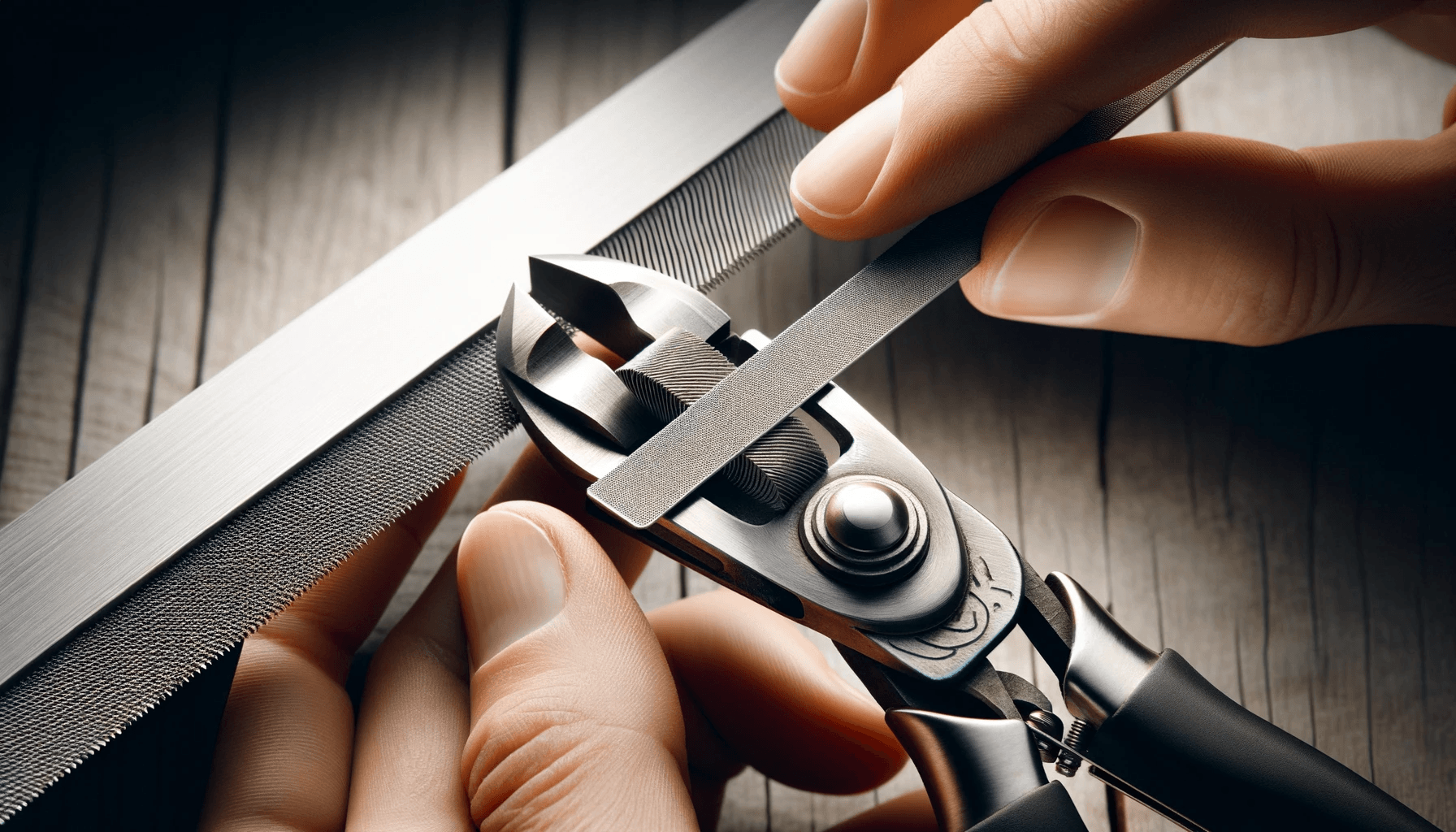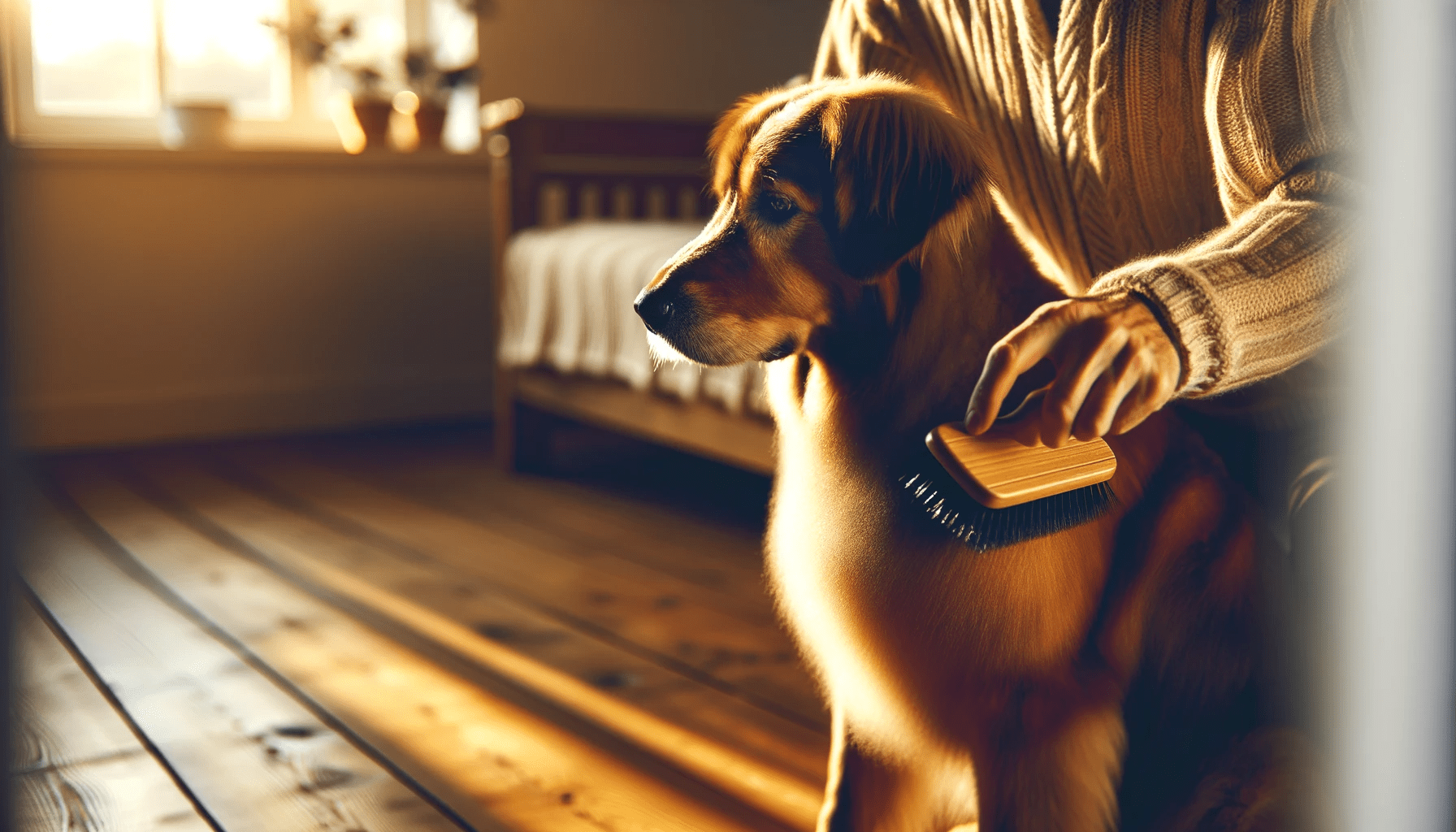Are you ready to give your furry friend the ultimate grooming experience?
Look no further than this step-by-step checklist that will leave your dog looking and feeling their best.
From pre-grooming preparation to finishing touches, we've got you covered.
Brush, bathe, trim nails, clean ears, brush teeth, and express anal glands, all with our expert guidance.
Get ready to transform your pup into a pampered pooch with this comprehensive grooming guide.
Key Takeaways
- Gather all necessary tools and prepare the grooming area to ensure a smooth and efficient grooming experience.
- Regular brushing and combing controls shedding, removes tangles and mats, and promotes a healthy coat.
- When bathing and drying your dog, use dog-specific shampoo, towel dry to remove excess moisture, and introduce the hairdryer gradually while prioritizing the dog's safety and comfort.
- Take precautions when trimming your dog's nails, such as ensuring the dog is calm, trimming slowly and carefully, and seeking professional help if unsure. Regular nail trimming is essential for the dog's comfort and health.
Pre-Grooming Preparation
Prepare your dog for grooming by gathering all the necessary tools and supplies. Before you begin the grooming process, it's essential to have the right pre-grooming tools and a well-prepared grooming area. By following these steps, you can ensure a smooth and efficient grooming experience for both you and your furry friend.
Firstly, gather all the pre-grooming tools you'll need. This includes a slicker brush, a comb, nail clippers, a grooming table or mat, towels, and shampoo specifically formulated for dogs. These tools will help you effectively groom your dog and ensure that they look and feel their best.
Next, prepare the grooming area. Find a space in your home that's well-lit and has enough room for your dog to move around comfortably. Lay down a non-slip mat or towel on the floor to prevent your dog from slipping during the grooming process. Additionally, have a nearby table or surface where you can place your grooming tools for easy access.
Brushing and Combing
To effectively brush and comb your dog, start by gently removing any tangles or mats using a slicker brush. This brush has fine, short wire bristles that can effectively detangle your dog's fur without causing any discomfort. It's especially useful for dogs with longer hair or those prone to matting.
Once the tangles are removed, you can proceed to brush your dog's coat using a grooming comb or a deshedding tool.
When it comes to shedding control, regular brushing is crucial. Brushing not only helps remove loose fur and prevent it from spreading around your home, but it also stimulates the production of natural oils in your dog's skin, keeping their coat healthy and shiny. Depending on your dog's breed and coat type, you may need to brush them daily or a few times a week.
When choosing grooming tools, consider your dog's coat type and length. For dogs with short coats, a bristle brush or a rubber curry brush can be effective in removing loose hair. For dogs with long or thick coats, a slicker brush and a wide-toothed comb can help detangle and remove mats. Additionally, a deshedding tool can be beneficial for dogs that shed heavily.
Regular brushing and combing not only keep your dog's coat looking great, but it also promotes a healthy and happy pet. So, make it a part of your grooming routine to keep your furry friend looking and feeling their best.
Bathing and Drying
To properly bathe and dry your dog, you'll need to start by gathering all the necessary supplies. Here are the essential dog grooming tools and drying techniques you should know:
- Shampoo and conditioner: Choose a dog-specific shampoo and conditioner that suits your dog's coat type and any specific skin conditions they may have.
- Brushes and combs: Use a slicker brush for removing tangles and mats, a bristle brush for general grooming, and a comb for detangling and finishing touches.
- Towels: Have a few absorbent towels ready to dry your dog after their bath. Opt for microfiber towels, as they're highly absorbent and gentle on your dog's skin.
- Hairdryer: A hairdryer specifically designed for dogs can help speed up the drying process. Make sure to use the lowest heat setting and keep it at a safe distance from your dog's skin.
When it comes to drying techniques, start by gently towel drying your dog, removing as much moisture as possible. Then, use the hairdryer on the lowest setting, keeping it moving to avoid overheating any one area. If your dog is fearful of the noise, introduce them to the sound gradually and reward them with treats for staying calm.
Remember to always prioritize your dog's safety and comfort during the bathing and drying process.
Nail Trimming
Start by gathering the necessary tools and equipment for nail trimming your dog. To trim your dog's nails properly, you'll need a few essential tools. The first tool you'll need is a pair of dog nail clippers. There are different types of nail clippers available, such as guillotine-style clippers and scissor-style clippers. Choose the type that you feel most comfortable using. Additionally, you may want to have a nail file or grinder on hand to smooth out any rough edges after trimming.
Before you begin, it's important to take some safety precautions. Make sure your dog is calm and relaxed before attempting to trim their nails. Have some treats nearby to reward them for good behavior. It's also a good idea to have styptic powder or cornstarch on hand in case you accidentally cut the nail too short and it starts to bleed. This can help stop the bleeding quickly.
When trimming your dog's nails, take it slow and be careful not to cut into the quick, which is the sensitive part inside the nail. Trim a little bit at a time, and if you're unsure, it's best to leave it to a professional groomer or veterinarian. Regular nail trimming is essential for your dog's comfort and health, as long nails can cause discomfort and even lead to more serious issues.
Ear Cleaning
After carefully trimming your dog's nails, it's now important to move on to the next step of ultimate dog grooming: cleaning their ears. Ear cleaning is an essential part of maintaining your dog's overall health and well-being. Neglecting this aspect of grooming can lead to common ear problems such as infections, irritation, and wax buildup.
To ensure your dog's ears are clean and healthy, follow these steps:
- Start by gathering the necessary supplies: ear cleaning solution, cotton balls or pads, and treats to reward your dog.
- Gently lift your dog's ear flap and inspect the ear for any signs of redness, swelling, or discharge.
- Apply a few drops of the ear cleaning solution to the ear canal and massage the base of the ear for about 30 seconds to loosen any debris.
- Use a cotton ball or pad to wipe away the dirt and excess solution from the ear, being careful not to insert it too deeply.
Regular ear cleaning can prevent common ear problems and ensure your dog's ears stay clean and healthy. If you notice any persistent issues or your dog shows signs of discomfort, it's best to consult a veterinarian for further evaluation and treatment.
Teeth Brushing
Now let's talk about the importance of dental hygiene for your furry friend.
Brushing your dog's teeth regularly is essential in preventing dental diseases such as plaque buildup, gum disease, and bad breath.
To ensure effective brushing, it's important to use the right technique, focusing on both the outer and inner surfaces of the teeth.
Additionally, choosing the right toothpaste formulated specifically for dogs is crucial to maintain their dental health.
Importance of Dental Hygiene
Maintain your dog's dental hygiene by regularly brushing their teeth. Proper dental care is essential for your furry friend's overall health and well-being. Here are some reasons why dental hygiene is important for dogs:
- Dental chews: Chewing on dental-specific treats can help reduce plaque and tartar buildup. These treats are designed to promote chewing, which helps clean your dog's teeth and gums.
- Professional teeth cleaning: Just like humans, dogs need professional teeth cleanings to remove stubborn plaque and tartar. Regular dental cleanings by a veterinarian can prevent dental diseases and maintain your dog's oral health.
- Prevention of dental diseases: Regular brushing and dental care can prevent common dental issues in dogs, such as gum disease, tooth decay, and bad breath.
- Overall health benefits: Poor dental hygiene can lead to systemic health problems in dogs, including heart, liver, and kidney disease. By keeping your dog's teeth clean, you can help prevent these serious health issues.
Recommended Brushing Techniques
To effectively brush your dog's teeth, use a small amount of canine-specific toothpaste and a soft-bristled toothbrush. It's important to use toothpaste specifically designed for dogs, as human toothpaste can be harmful to them. It's also recommended to choose a toothbrush with soft bristles to avoid causing any discomfort or injury to your dog's gums.
When it comes to frequency, it's ideal to brush your dog's teeth at least two to three times a week. However, this may vary depending on your dog's individual needs and dental health. Regular brushing helps to prevent dental issues such as plaque buildup, tartar, and gum disease.
Choosing the Right Toothpaste
When brushing your dog's teeth, it's important to choose the right toothpaste, using a small amount of canine-specific toothpaste and a soft-bristled toothbrush. Here are some key factors to consider when selecting toothpaste for your furry friend:
- Toothpaste Ingredients: Look for toothpaste that's specifically formulated for dogs. Avoid using human toothpaste, as it may contain harmful ingredients such as fluoride and xylitol, which can be toxic to dogs.
- Flavors: Dogs have different preferences when it comes to flavors. Experiment with different flavors to find one that your dog enjoys. Common flavors include chicken, beef, and peanut butter.
- Enzymatic Toothpaste: Enzymatic toothpaste contains enzymes that help break down plaque and tartar buildup. This can be beneficial for dogs with dental issues or those prone to dental problems.
- Avoid Harsh Chemicals: Opt for toothpaste that's free from artificial colors, preservatives, and harsh chemicals. These additives can irritate your dog's gums and may cause allergic reactions.
Anal Gland Expression
First, gently squeeze your dog's anal glands to release any fluid buildup. Proper anal gland expression is an essential part of dog grooming and plays a crucial role in maintaining your furry friend's overall health. The anal glands, located on either side of your dog's anus, produce a secretion that helps with marking territory and communication. However, these glands can become impacted or infected, causing discomfort and potential health issues if left untreated. Regularly expressing your dog's anal glands can prevent these problems and ensure their well-being.
When it comes to expressing anal glands safely, it's important to follow the correct techniques. Start by wearing disposable gloves and having a clean towel or tissue handy. Gently lift your dog's tail and apply gentle pressure to the glands, one on each side of the anus. Apply a firm but gentle squeeze, being careful not to exert too much pressure to avoid causing any pain or injury. If you're unsure or uncomfortable doing this yourself, it's best to consult a professional groomer or veterinarian who can perform the procedure safely.
Finishing Touches
Now that your dog's anal glands have been expressed, it's time to move on to the finishing touches.
First, let's talk about nail trimming techniques to keep your dog's nails in tip-top shape.
We'll also explore different styling and accessorizing options to give your furry friend that extra touch of glamour.
Nail Trimming Techniques
To achieve perfectly groomed nails for your dog, start by carefully trimming them using a pair of dog nail clippers. This ensures that your dog's nails are at a safe and comfortable length.
However, if your dog is sensitive to clipping or you prefer an alternative method, there are nail filing alternatives available. These alternatives include:
- Nail grinding: Using a nail grinder, which is a tool that files down the nails gradually, is a gentle and effective option for dogs who are afraid of clippers or have thick nails.
- Nail scissors: These specialized scissors have a curved blade that allows you to trim the nails with precision and control.
- Guillotine-style clippers: These clippers have a hole where you insert your dog's nail, and a blade that slides across to cut the nail.
- Painless nail clippers: These clippers use a sensor to detect the quick of the nail, preventing you from cutting too deep.
With these nail trimming tools and alternatives, you can ensure that your dog's nails are well-maintained and comfortable.
Styling and Accessorizing Options
Enhance your dog's appearance with stylish and functional accessories.
Styling your dog can be a fun and creative way to show off their personality. Whether you have a long-haired breed that needs regular grooming or a short-haired breed that requires minimal maintenance, there are endless styling options to choose from.
When it comes to accessorizing your furry friend, there are a few key trends to keep in mind. One popular trend is using bandanas or bowties to add a touch of style to your dog's collar. Another option is to choose a stylish harness that not only looks great but also provides comfort and support.
Additionally, there are various grooming tools, such as brushes and combs, that not only keep your dog's coat looking its best but also add a finishing touch to their overall appearance.
Remember to choose accessories and styling techniques that suit your dog's breed, size, and personal preferences.
Frequently Asked Questions
How Often Should I Groom My Dog?
You should groom your dog regularly to keep their coat healthy and clean. The frequency of grooming depends on their breed and coat type. Use appropriate grooming products to ensure their fur is well-maintained.
Can I Use Human Shampoo to Bathe My Dog?
Yes, you can use human shampoo to bathe your dog, but it's not recommended. Human shampoo may strip their skin of natural oils. Alternatives like dog-specific shampoos are gentler and better for their coat and skin.
How Can I Prevent My Dog From Getting Anxious During Grooming Sessions?
To prevent your dog from getting anxious during grooming, try these dog grooming tips: 1) Gradually introduce grooming tools, 2) Use positive reinforcement, 3) Keep grooming sessions short, 4) Provide a calm and comfortable environment.
Should I Clean My Dog's Ears Before or After Bathing?
First, clean your dog's ears before bathing. This prevents water from entering the ear canal and causing infections. Use a gentle dog ear cleaner and cotton balls to remove dirt and wax. Follow proper grooming tips for a happy pup!
Is It Necessary to Brush My Dog's Teeth Every Day?
It's essential to brush your dog's teeth every day for proper dog dental care. Using the best dog toothbrush and toothpaste recommended by your vet will help maintain their oral health.
Conclusion
In conclusion, proper grooming for your dog is essential to their overall health and well-being. By following this step-by-step checklist, you can ensure that your furry friend looks and feels their best.
Regular brushing and combing, bathing and drying, nail trimming, ear cleaning, teeth brushing, and anal gland expression are all important aspects of maintaining your dog's hygiene.
Don't forget the finishing touches to give them that extra shine. With these tips, your dog will be the ultimate in grooming perfection.
